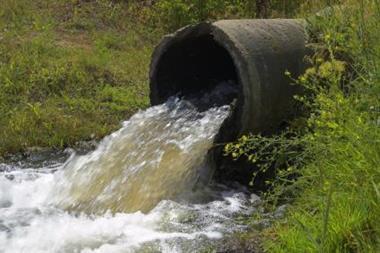A few steps can go a long way towards minimising harm to the environment and dealing with clean-ups quickly
If a company causes large-scale pollution, it can be extremely costly. Clearing up pollution takes time and money. You only have to look at how much BP had to fork out to clean up after the disaster in the Gulf of Mexico last year (around €25bn) as proof.
All sorts of stakeholders have an interest in the environment, so it’s hard for firms to duck their duties. The environment is also highly regulated now – the European Environmental Liability Directive (ELD), for instance, has introduced new rules.
Here are some things that companies can do to ensure issues get resolved more efficiently.
1 have effective environmental risk management plans
First things first: companies should have site-specific contingency plans and emergency response procedures to prevent significant environmental damage occurring in the first place.
2 Establish the environmental baseline for each site of operation
You cannot manage what you do not measure. Companies should define, as comprehensively as possible, the quality and status of the ecology and habitats that existed around their sites before the disaster.
Effectively defining this baseline involves an economic evaluation of the natural environment surrounding and in close proximity to the site of operation.
Once a baseline of environmental quality has been established to the satisfaction of the environmental regulator, then the extent of remediation, restoration and compensation that will be required to return the ecosystems and habitats to their prior condition can be defined.
3 Agree this with the regulator
Agreement with the regulator will then be required on the extent of remediation and restoration considered necessary.
Preferably a baseline would have been established, documented and agreed with the regulator prior to any environmental damage occurring.
If not, the regulator may infer a scope of restoration required based on a speculative view of the environmental quality prior to the event and, as such, the cost of the loss could be highly uncertain.
4 Define the “value” of the environment
The environment’s ‘value’ is based on the resources it provides. This can include direct value (wood, agriculture, food, water etc.) and indirect value (walking, leisure and public space).
5 Establish a maximum probable loss estimate
This is an estimate of the scale of liabilities associated with environmental damage, based on maximum probable loss analyses for each site. Research has shown that the new ELD requirements for ‘complementary’ and ‘compensatory’ remediation could increase the costs of remediation 40 times.
The maximum probable loss estimates should be based on scientific evidence concerning the species, ecosystems and habitats at risk, and the potential loss scenarios that could be envisaged for the site and operations. This will include an estimate of the extent of ecology and habitat destruction that it is possible to envisage and the possibility for wider damage.
It’s also worth considering that remedial action may not be compatible with the baseline status, in that the precise replacement and restocking of species, communities, habitats and ecosystems may not be possible on a like-for-like basis.
6 consider whether insurance is necessary
Review requirements of financial security and environmental insurance associated with the potential to cause environmental damage at individual sites of operation, based on nature and scale of activity.
The maximum probable loss will help to inform this decision-making process with regards to issues such as the appropriate limit of indemnity to be gained should environmental insurance be considered necessary.
The implementation of the ELD in certain parts of Europe has included a mandatory requirement for operators of high-risk activities to hold financial security. Insurance is one of the most popular methods of financial security.
Cliff Warman is the environmental practice leader for the EMEA region
at Marsh



















